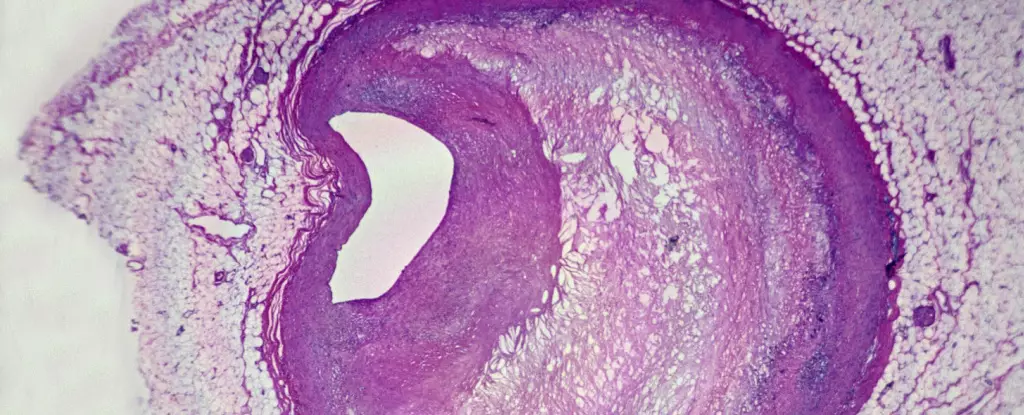In recent years, the ubiquitous presence of microplastics in our environment has sparked a wave of concern among scientists and health experts alike. These microscopic plastic fragments have permeated not just our ecosystem, but have been found in human tissues, alarming researchers about their potential health risks. The implications of such findings necessitate urgent investigation into both the prevalence of these substances in our bodies and their long-term effects on human health.
Microplastics are now recognized as more than just environmental pollutants; they are alarmingly detectable in human organs, including the placenta. This raises intriguing questions about their capacity to infiltrate and affect our biological systems. While laboratory models—utilizing organ replicas and animal studies—have attempted to simulate human exposure to microplastics, they often fail to mimic real-world conditions. Limited human studies leave a gap in our understanding of how these particles actually interact with the human body.
A recent small-scale study from Italy found evidence of microplastics in fatty deposits extracted from patients undergoing carotid endarterectomy, a surgical procedure aimed at reducing stroke risk. This study provides some of the first human data on the presence of these substances within our biological tissues, and it raises critical questions about potential health risks associated with microplastic exposure.
Analyzing the Impacts of Microplastics on Cardiovascular Health
The Italian study, which followed 257 patients for an average of 34 months, uncovered that nearly 60% of subjects had polyethylene—a commonly produced plastic—embedded in their arterial plaques. A smaller number showed traces of polyvinyl chloride (PVC), a versatile plastic with numerous industrial applications. This finding is significant, as the presence of these materials could suggest an association with cardiovascular conditions, particularly given that inflammation and oxidative stress have been linked to microplastics in laboratory settings.
The analysis indicated a worrying correlation: patients with detectable microplastics in their plaques exhibited a striking 4.5-fold increase in the likelihood of experiencing adverse cardiovascular events, including strokes and heart attacks. However, such an observational study cannot definitively pinpoint causation; instead, it surfaces a compelling link between microplastic exposure and detrimental health outcomes, stirring the need for further exploration and clarification in this area.
Challenges in Isolating Variables
One of the most challenging aspects of such studies is the multitude of factors that contribute to cardiovascular disease. The Italian research did not investigate other common risk factors, such as obesity, smoking, or air pollution, which could skew results and impede the ability to isolate the specific impact of microplastics on health. Consequently, while this study marks a significant step forward, it raises pertinent questions about the broader environmental context in which these microplastics are found.
Moreover, the research methodology involved advanced techniques for identifying microplastics, including pyrolysis gas chromatography and stable isotopes analysis. These methods successfully distinguished plastic materials from human tissue, verifying the presence of microplastics in a way that underscored their alarming reach into human biology.
The question of how to mitigate exposure to these harmful substances becomes critical when considering the rampant growth of plastic production over the last two decades. Despite the known health risks, the global economy remains heavily reliant on plastics—often weighing short-term benefits against long-term health implications.
As concerns mount over microplastics, public health advocates are increasingly calling for stronger regulations on plastic production and use. This disconnect raises significant ethical and health-related dilemmas: How do we prioritize human health against economic interests tied to the plastic industry?
While some researchers caution against jumping to conclusions, the growing body of evidence surrounding microplastics and health warrants a comprehensive response. The trajectory of cardiovascular diseases—declining in some regions but rising elsewhere—needs to be carefully examined in light of plastic exposure patterns and technological practices.
Ultimately, we are at a crucial crossroads that demands multi-faceted research initiatives aimed at unpacking the complexities of how plastic pollution interacts with human health. Only through concerted efforts can we begin to untangle the knot between plastic exposure and its potential long-term health implications, making informed decisions to safeguard public health in the face of ever-looming environmental challenges.

